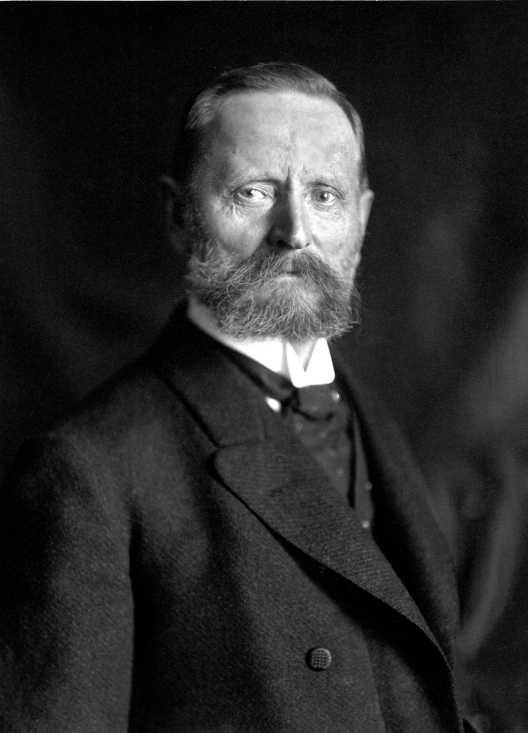STATE OF AFFAIRS [2 of 3 for Turn 1]
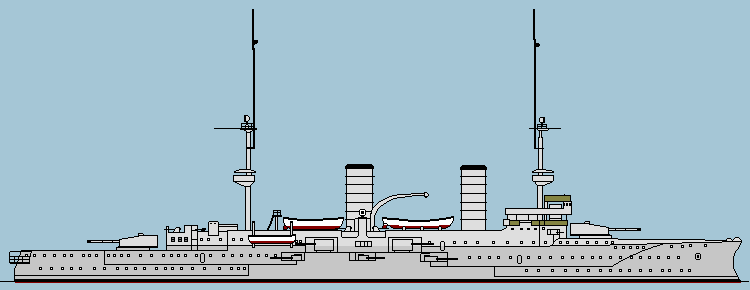 Hashima blueprints, circa 1899
Hashima blueprints, circa 1899The third in her class, the
Chikihiro was the most modernized armored cruiser the world had ever seen. The Imperial Naval Decree in Fuso, passed in 1905, envisioned a force of thirty armored cruisers intended for service in Faresia. However, the Fusan Navy required cruisers for operations with the fleet as well, and attempted to design ships that could fulfill both roles, primarily due to budget constraints.The first product of the 1905 Naval Decree,
Hashima was an alteration of an earlier vessel,
Akino, and was equipped with fewer guns and thinner armor in a trade-off for higher speed and lower cost. The design also set the precedent of concentrating the secondary battery amidships;
Akino's secondary guns had been spread along the length of the hull. All subsequent armored cruisers were developments of
Hashima.
Chikihiro was laid down in 1908 at the Imperial Dockyard in Taki. She was set down on May 15th, 1909 and completed just under two years later, on April 30th, 1911. The new cruiser cost 16,588,000 Yen.
Chikihiro was 124.9 meters (410 ft) long at the waterline and 126.5 m (415 ft) overall. She had a beam of 19.6 m (64 ft) and a draft of 7.65 m (25.1 ft) forward and 8.07 m (26.5 ft) aft. The ship displaced 8,887 metric tons (8,747 long tons; 9,796 short tons) as built, and 9,806 t (9,651 long tons; 10,809 short tons) at full combat load. The hull was constructed with transverse and longitudinal steel frames, and incorporated thirteen watertight compartments and a double bottom that extended for 57 percent of the length of the ship. The Fusan navy considered the ship to be a good sea boat with gentle motion, though she suffered from severe roll. Her transverse metacentric height was .731 m (2 ft 4.8 in). Chikihiro was manned by a crew of 35 officers and 532 enlisted men. For the duration of her career as the second command flagship of the Cruiser Division, the standard crew was augmented by an additional nine officers and 44 enlisted men. She carried a number of smaller vessels, including two picket boats, a launch, a pinnace, two cutters, two yawls, and two dinghies.
The ship was propelled by three vertical 4-cylinder triple expansion engines; the center shaft drove a four-bladed screw 4.28 m (14.0 ft) in diameter while the two outer shafts drove 4.65-meter (15.3 ft) wide four-bladed screws. Fourteen Kito boilers, produced by the Yonban Imperial Arsenal, supplied steam to the engines at pressures up to 15 standard atmospheres (1,500 kPa). The propulsion system was rated at 15,000 indicated horsepower (11,000 kW) and gave the ship a top speed of 20 knots (37 km/h; 23 mph), though on sea trials, Chikihiro's engines reached 15,694 ihp (11,703 kW) but a top speed of only 19.9 kn (36.9 km/h; 22.9 mph). She was designed to carry 900 t (890 long tons; 990 short tons) of coal, though additional storage allowed up to 1,590 t (1,560 long tons; 1,750 short tons). This enabled a maximum range of 2,290 nautical miles (4,240 km; 2,640 mi) at a speed of 18 kn (33 km/h; 21 mph) and 4,580 nmi (8,480 km; 5,270 mi) at a cruising speed of 10 kn (19 km/h; 12 mph).
Chikihiro was protected by Seto armor. Her armor belt was 100 millimeters (3.9 in) thick in the central portion of the ship, which protected the ammunition magazines, machinery spaces, and other vital areas of the cruiser. The belt was reduced to 80 mm (3.1 in) on either end of the main belt, and the bow and stern were unarmored. The entire length of the belt was backed by equal thicknesses of teak planks. The armored deck was 35 to 40 mm (1.4 to 1.6 in) thick and was connected to the belt by 50 mm (2.0 in) thick sloped armor on the broadside.
The forward conning tower had 150 mm (5.9 in) thick sides and a 30 mm (1.2 in) thick roof. The aft conning tower was much less thoroughly protected; it was covered by only 12 mm (0.47 in) of steel plating. The main battery gun turrets had 150 mm-thick sides and 30 mm-thick roofs. The 15 cm gun turrets had 100 mm-thick armor, while the casemated weapons were protected by 70 mm (2.8 in) gun shields. The casemates themselves were armored with 100 mm worth of steel plating.
Chikihiro was armed with a variety of weapons. Her primary armament consisted of two 24 cm (9.4 in) Mahahito quick-firing guns mounted in single turrets, one on either end of the superstructure. These guns were supplied with 75 rounds each; they could depress to −4° and elevate to 30°, which enabled a maximum range of 16,900 m (18,500 yd).[5] The guns fired a 140 kg (310 lb) round at a muzzle velocity of 835 m (2,740 ft) per second. A secondary battery of ten 15 cm (5.9 in) SK L/40 quick-firing guns rounded out her offensive armament. Six of these guns were mounted in amidships casemates on either side of the vessel, and the remaining four were mounted in turrets in the ship's hull above the casemates. These guns were supplied with 120 rounds each. The shells weighed 40 kg (88 lb) and were fired at a muzzle velocity of 800 m (2,600 ft) per second. The guns could elevate to 25° for a maximum range of 13,700 m (15,000 yd).
The cruiser carried ten 8.8 cm (3.5 in) Dakohito L/30 quick-firing guns for defense against torpedo boats. Each of these guns was supplied with 250 shells. The shells weighed 7 kg (15 lb) and were fired at a muzzle velocity of 670 m (2,200 ft) per second. This enabled a maximum range of 7,300 m (8,000 yd) at an elevation of 20°. The ship's gun armament was rounded out by four autocannons, though these were subsequently removed. The ship was also fitted with four 45 cm (18 in) torpedo tubes. One was mounted on the stern in a swivel mount, one was mounted submerged in the bow, and one was placed submerged in the hull on either side abreast of the forward gun turret.
 Chikihiro on sea trials, April 1911
Chikihiro on sea trials, April 1911
Imperial Republic of Fuso gains
1 Armored Cruiser (
Hashima Class)


:origin()/pre14/64ab/th/pre/i/2015/316/6/e/vegeta_planet_flag__anime_flag__by_robertovile-d9ggwdr.png)








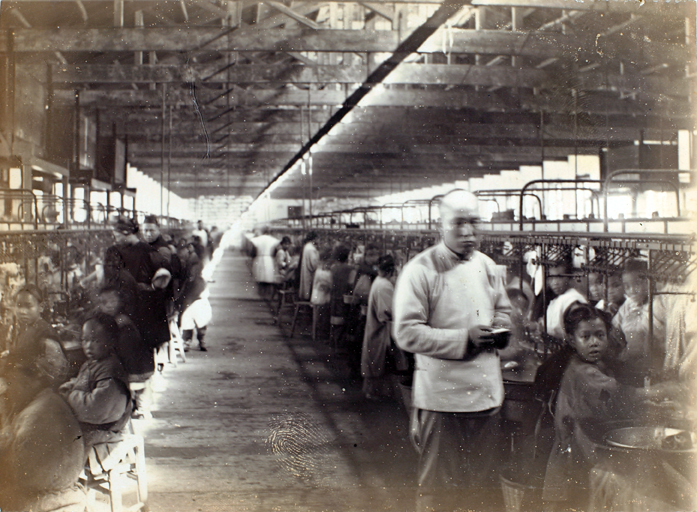

.svg/440px-Moldovan_Armed_Forces_Flag_(svg).svg.png)
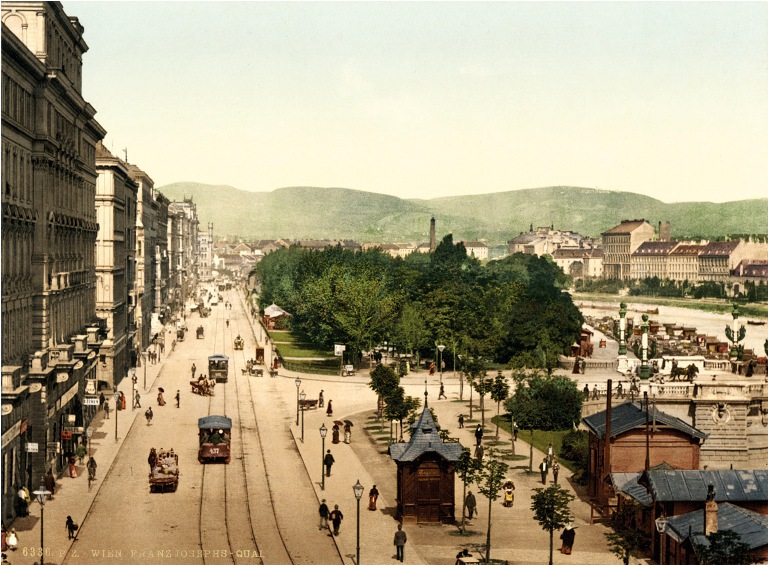


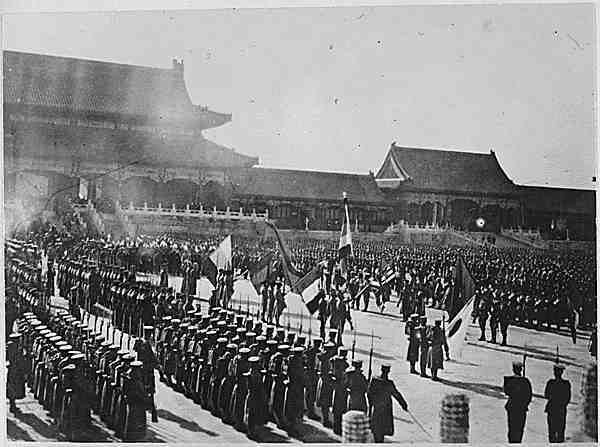







:origin()/pre14/64ab/th/pre/i/2015/316/6/e/vegeta_planet_flag__anime_flag__by_robertovile-d9ggwdr.png)











